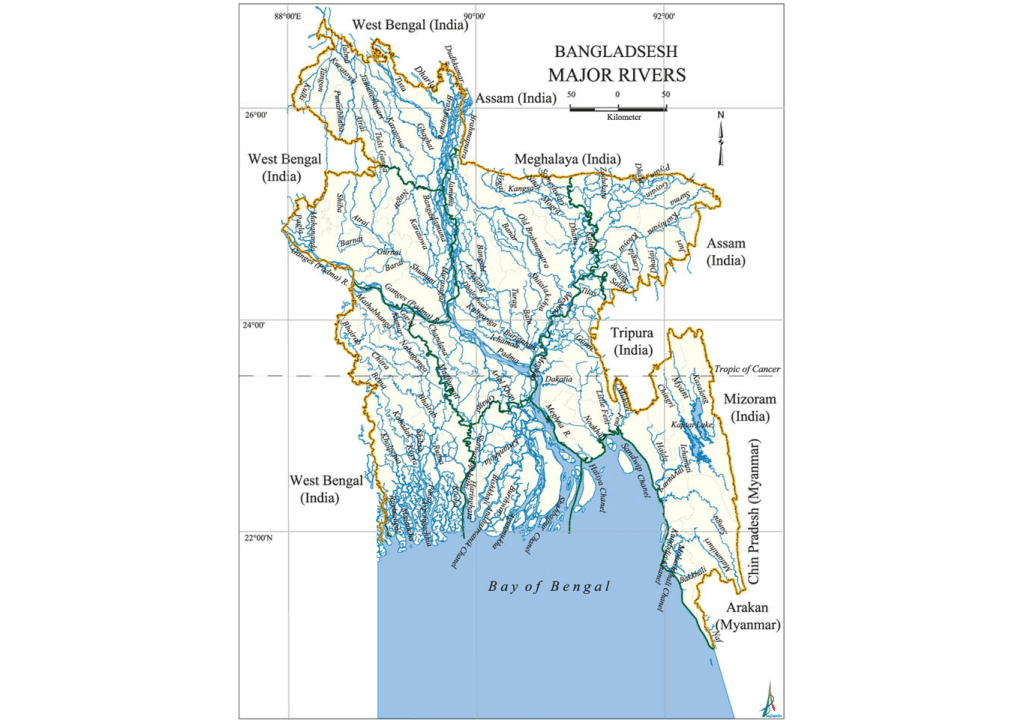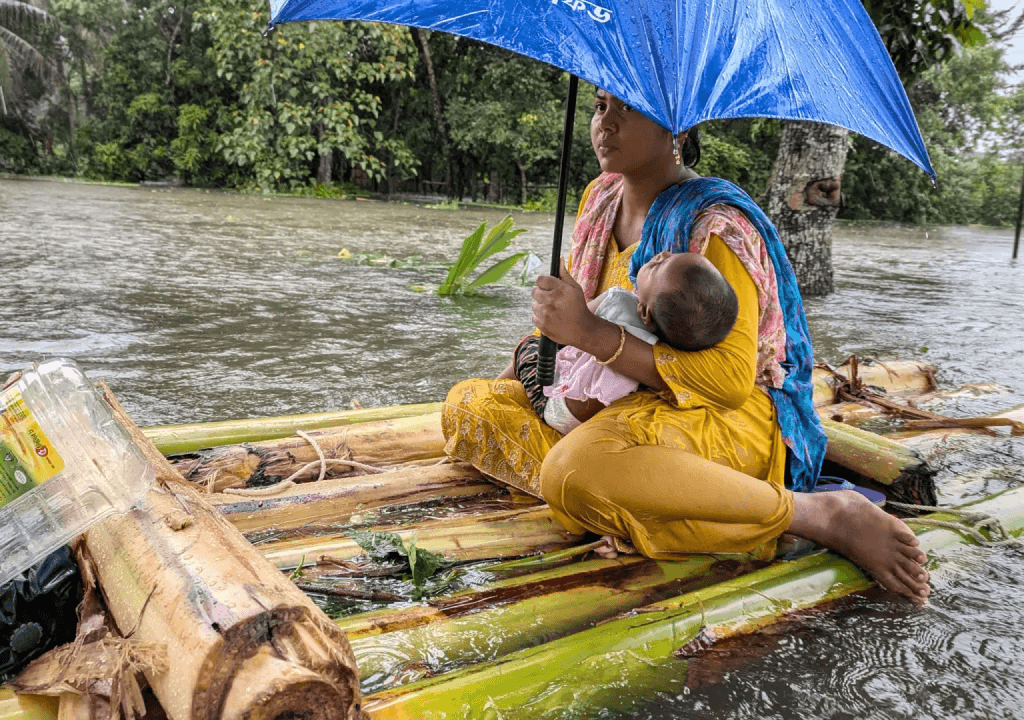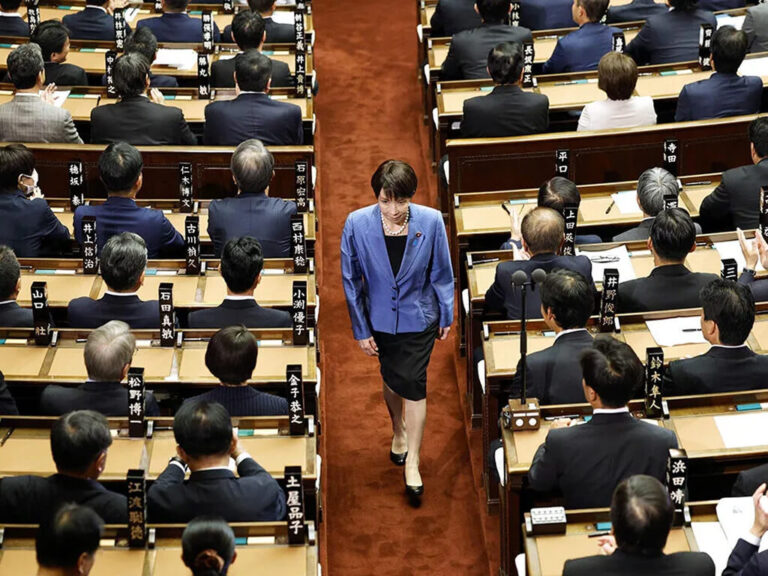Bangladesh, a densely populated country grappling with political uncertainties, was severely impacted by a massive flood that worsened over the weekend, affecting more than five million people. Flooding is common during the monsoon season in Bangladesh, which is situated at the delta of two major rivers, the Ganges and the Brahmaputra, along with numerous smaller rivers that flow into them or directly into the Bay of Bengal. However, this flood has garnered special attention due to accusations from netizens, the media, and some Bangladeshi politicians who blame India, claiming that the opening of large dams on rivers flowing into Bangladesh caused the disaster. This situation has strained relations between Bangladesh and India, despite both governments’ reluctance to escalate the issue, and it is clear that it has already harmed public perception in both countries.

Many districts in eastern Bangladesh have experienced severe flooding, one of the worst in the country’s history. Images and videos show widespread suffering in submerged areas, with all low-lying regions underwater. Public outrage has been directed at India after a viral video on social media purportedly showed water being released from the Dumbur Dam in Tripura, blaming it for the floods. However, the video actually shows the Srisailam Dam in Telangana, a southern Indian state. The Dumbur Dam, which has been accused by Bangladeshi media as the cause of the flooding, is situated on the transboundary Gomati River and is approximately 120 kilometers from the Bangladesh border. This river flows from Tripura in northeastern India into eastern Bangladesh, eventually merging with the Meghna River. Although the flow of water in the river has increased, India has stated that no floodgates were deliberately opened; rather, excess water from the Gomti reservoir was automatically released once it reached full capacity. India later clarified that while the water from the Gomti contributes to the flooding, the seasonal floods are primarily attributed to climate-related factors.
The impact is severe because Bangladesh’s low-lying, densely populated areas are highly vulnerable to flooding. As the Dumbur Dam video went viral, Bangladeshis became concerned about other Indian dams that block rivers flowing into Bangladesh, fearing they might be used by India to cause flooding. While India argues that these dams actually protect low-lying Bangladesh from floods – common during the heavy monsoon rains when rivers swell – severe flooding in Bangladesh results when these swollen rivers meet India’s major rivers, which carry water from up to 2,000 kilometers away, including regions in India and Tibet. Interestingly, the longstanding dispute between Bangladesh and India over the Farakka Barrage focuses not on flooding but on the reduced water flow to Bangladesh.
Since Wednesday night, the flooding has significantly worsened, submerging 11 districts and large areas of a city with nearly 1.5 million residents. Various groups are exploiting the crisis for their own agendas. Islamic factions opposed to India are spreading misinformation, blaming India for the suffering and loss of life, and inciting protests that have contributed to the fall of the Hasina government. Political parties, driven by anti-India sentiment, have joined the protests, and students, mostly millennials who are not influenced by the emotional legacy of the 1971 war and the nation’s founder, Sheikh Mujibur Rahman, are also expressing their frustration against India. Meanwhile, the Indian media is using the situation to advance anti-Bangladesh agendas, highlighting anti-Hindu and anti-India protests in Bangladesh to foster Hindu unity and increase animosity towards Islam in India.
While India is being blamed for the crisis, Bangladesh, a climate-vulnerable country, is struggling to address the real causes. Under an interim government, it is challenging to implement effective climate policies or manage the situation, especially with elections delayed and an uncertain future ahead. If Bangladesh fails to confront its vulnerabilities and address the realities of its situation, it will face one of the most significant humanitarian crises.








